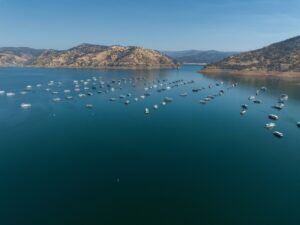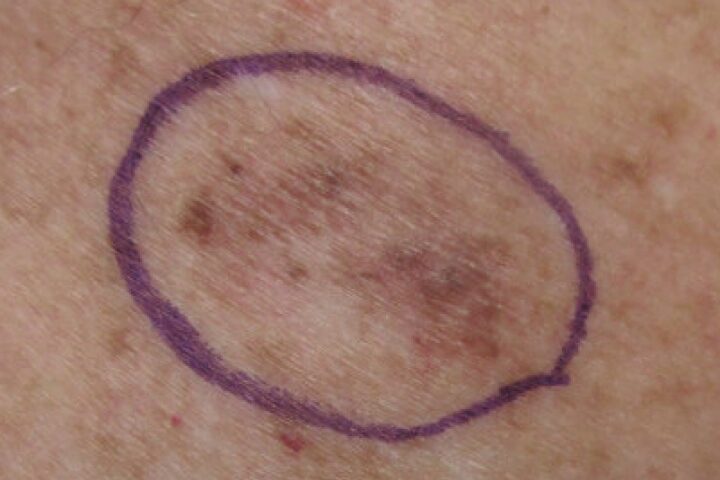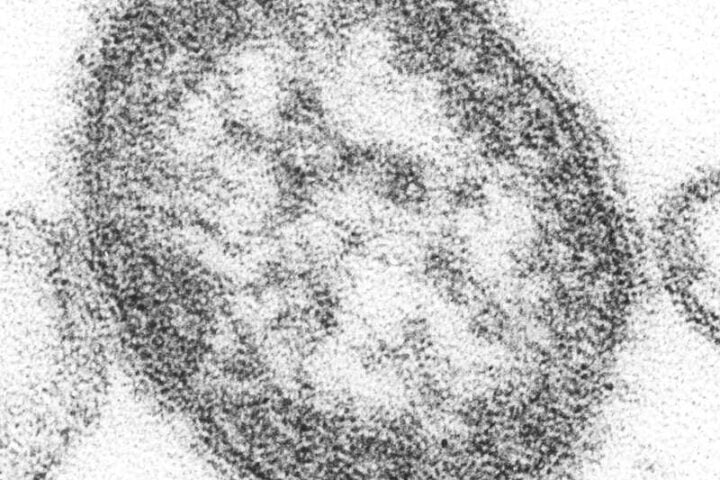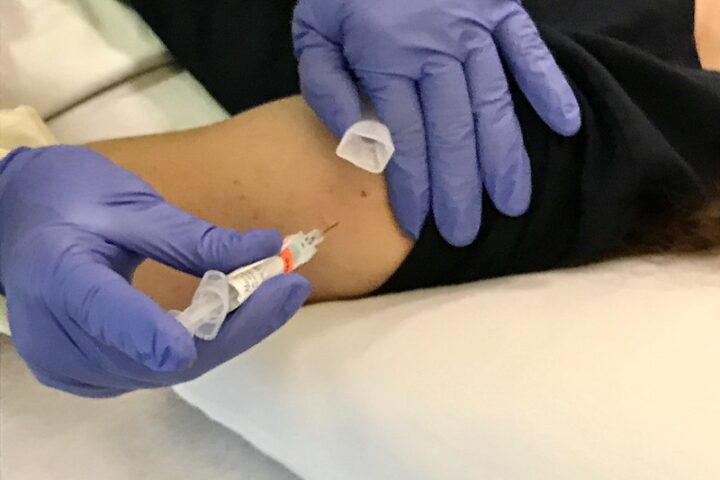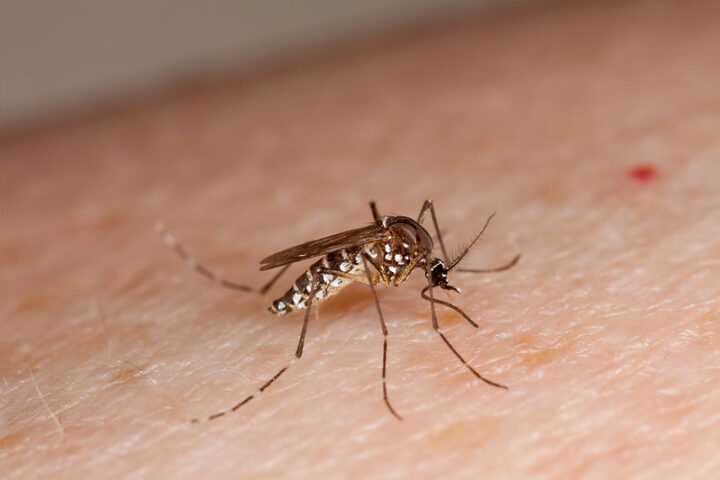The regulatory threshold of 10 parts per billion for arsenic in drinking water requires immediate reassessment. Texas A&M University School of Public Health’s recent study exposes concerning gaps in current safety standards, analyzing 28,896 cancer cases across 240 Texas counties.
Rising Cancer Rates Despite Declining Risk Factors
While smoking rates continue to drop, kidney cancer incidence has climbed 1.2% annually from 2011 to 2019, reaching seventh place among common cancers in the United States. This paradox prompted researchers to investigate other environmental factors, particularly arsenic contamination in groundwater.
The data presents stark numbers: arsenic exposure between 1 and 5 parts per billion – well below current safety thresholds – raised kidney cancer risk by 6%. More alarmingly, levels above 5 parts per billion increased risk by 22%. Each time arsenic levels doubled, cancer risk rose by 4%.
Unregulated Waters: The Private Well Crisis
The absence of regulatory oversight for private wells leaves 40 million Americans exposed to uncertain water quality. “Some public water systems are poorly managed and could expose customers to arsenic, but the 40 million people in the United States who rely on private wells are particularly vulnerable,” warns Taehyun Roh from the Department of Epidemiology and Biostatistics.
Comprehensive Research Methodology
The research team – Daikwon Han, Xiaohui Xu, and Nishat Tasnim Hasan – developed an exhaustive statistical model. Their analysis incorporated:
- Geographic location variations
- Demographic and socioeconomic factors
- Traditional cancer risk factors (obesity, smoking, diabetes)
- Environmental factors like pesticide density
- Social vulnerability metrics
- Income level disparities
- Rural-urban differences
- Cardiovascular disease hospitalization rates
- Chronic kidney disease prevalence
Broader Health Implications
Beyond kidney cancer, the research reinforces previous findings linking arsenic exposure to lung, bladder, and skin cancers. “This suggests that even low-level arsenic exposure in drinking water may be associated with an increased risk of kidney cancer,” Roh emphasizes, pointing to wider public health concerns.
More Stories
Next Steps in Research
The current findings, while county-based, call for more granular investigation. Hasan notes: “Future studies should focus on individual-level and biometric data to better assess the effects of factors such as lifestyle, family history of kidney cancer, and other possible sources of arsenic exposure.”
Required Public Health Actions
The research demands concrete responses. “Our findings indicate that reducing arsenic exposure could reduce the incidence of kidney cancer, and this could be achieved through efforts such as enhanced regulatory oversight and targeted public health interventions,” Hasan states.
The study received funding from three major institutions: the Houston Methodist Research Institute, Robert and Janice McNair Foundation, and National Institute of Environmental Health Sciences. Their support underscores the urgency of addressing water safety standards and public health protection measures.The pressing need for enhanced water testing protocols, stricter enforcement of safety standards, and regular monitoring of private wells emerges clearly from these findings. Current regulatory frameworks appear inadequate against mounting evidence of health risks from what were previously considered “safe” arsenic levels


